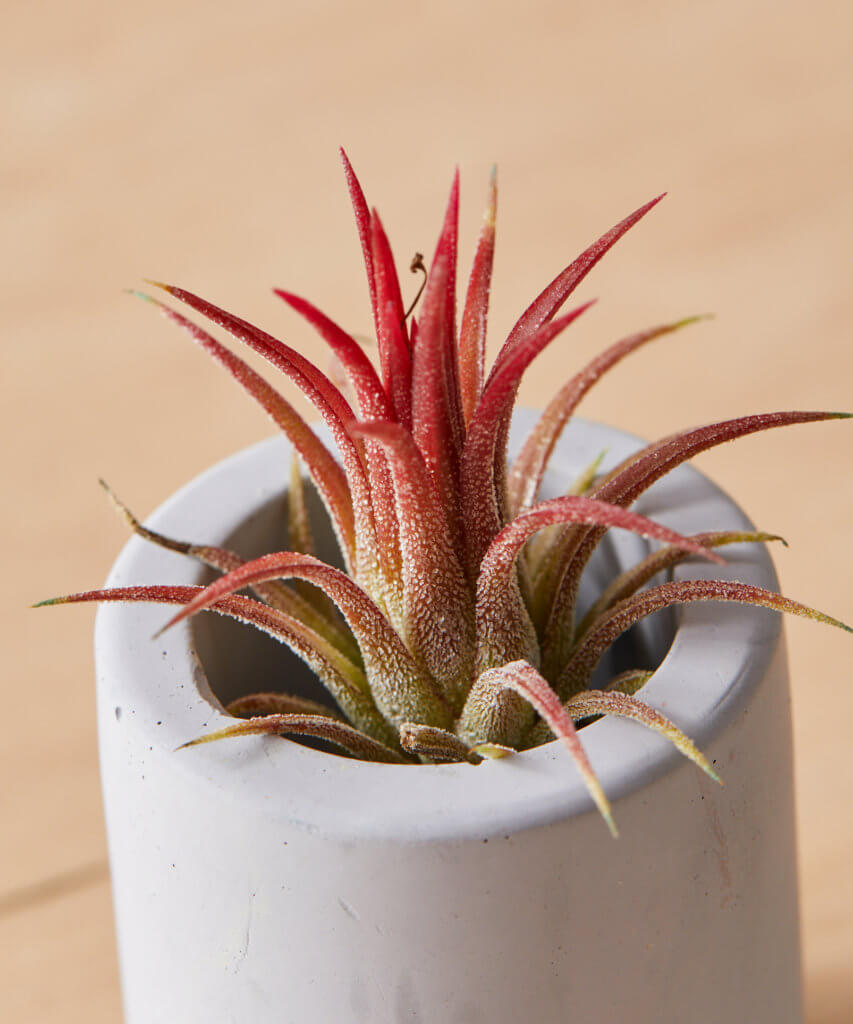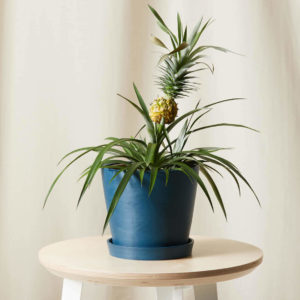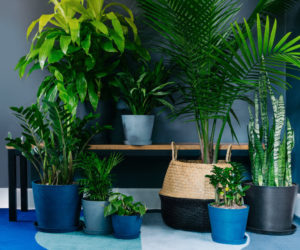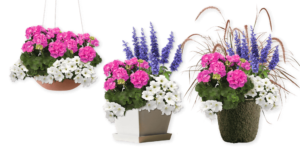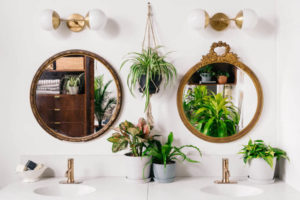Do plants need soil to grow? It might surprise you to know that there are many plants that don’t require soil.
Epiphytic plants can grow on the surfaces of other plants and cling to their roots for support. These plants are most commonly found on the branches of mature trees where they can absorb moisture from the atmosphere. Some epiphytes that you may be familiar with are bromeliads, orchids and fern species.
A unique family of bromeliad plants is Tillandsia. Also known as air plants, it’s a group called Tillandsia. These perennials that flower are native to most of South America and the southern part of North America. This group of plants has over 650 species. One of the most well-known examples is the Spanish moss, which drapes gracefully from large trees in the southeast US.
There are many ways to display your plants, from hanging terrariums to display tray displays. It’s possible to have lots of fun with grouping and displaying your potted plants. Learn more about these plants and how to care for them.
How to Care for Air Plants
Although air plant care is simple, it can be quite different from caring for potted plants. These are some guidelines.
Lighting
Most air plants prefer bright indirect light. Keep them away from direct sunlight as it can cause damage and drying out.
North-facing windows are a joy! These windows will receive only indirect light during the day, making them ideal. Because plants receive direct sunlight from the morning sun, and indirect light during the day, east-facing windows can be a great choice. Place your air plants at least a few feet from any direct sunlight if you have west- or south-facing windows.
Temperature
Air plants thrive in warm temperatures so it’s important to ensure they are not exposed to temperatures below 45 degrees F. They thrive in temperatures between 65 and 85 degrees F.
Watering
Air plants are nourished by rain and humidity in nature. However, indoor plants need to be watered regularly due to the dry environment. You should water them every 1-2 weeks. These plants can go dormant in winter so you can reduce the frequency of watering to once every 3-4 week.
Fill a sink with warm tap water and then fill a bowl with water to water the plants. Let the plants soak in the water for about half an hour. Then, remove the plants and place them upside-down on a towel so that any excess water drains out. This is a crucial step as any water that remains in the plant’s center can lead to rot and even death.
Fertilizing
Air plants do not require much fertilizer. Air plants don’t need roots to absorb nutrients from the soil. A foliar spray is a food that’s specifically designed for air plant growth. It should be used once per month in spring and summer. Just give your plant a few sprays after watering. Be sure to follow all directions. You should give your plant a few spritzes right after watering to ensure that it is producing flower buds.

